Technologies

Labels & Tags
Whether you’re shipping a box, naming a sample or barcoding your inventory, labels are crucial for identification. We are a leading national label manufacturer trusted by hundreds of Australian businesses for their thermal labelling requirements.

Barcode Scanners
Capture the data that matters most. Combining class-leading technology and a lightweight ergonomic design, our range of 1D and 2D barcode scanners offer maximum data capture flexibility and user productivity.

Mobile Computers
Packed with efficiency-enhancing features, handheld computers offer a multi-purpose utility in an ergonomic form factor. From pocket-sized to QWERTY keyboard devices, our range offer varied capabilities to suit different applications.

Mobile Printers
Mobile printers allow your team to print receipts where and when you need them, reducing wait times in queues and providing faster transactions for customers. We offer a range of mobile printers to suit all budgets and applications.

Desktop Printers
These compact printers are ideal for when space is at a premium or when your label printing volume is low to medium (fewer than 500 labels per day). Desktop printers are also ideal when you use multiple printers throughout your process.
Labelling, printing and data capture solutions for point of sale
From reducing lines at the checkout with smart print and scan solutions, to shelf re-labelling solutions with high visual impact, to price markdown and stocktake scanning solutions; our point of sale solutions help you to boost efficiency, accuracy and productivity, while empowering your team to create better customer experiences.
1D vs 2D Barcodes
The difference between 1D and 2D barcodes begin with their appearance. While 1D barcodes have black and white contrasting vertical lines, 2D barcodes are built with black and white squares or dots. Both serve distinct purposes – 1D codes have offered price lookup functionality for decades. However, 2D codes can be used to store much larger amounts of data about products, traceability, authentication and more. These abilities of a 2D barcode improve inventory management, enhance recall readiness, greater sustainability and ethical sourcing, better product authentication and greater brand trust.
It’s also important to understand the difference between GS1 Datamatrix and Datamatrix barcodes. While both barcodes look the same, the GS1 DataMatrix begins with the special start sequence FNC1. The FNC1 turns a DataMatrix code into a GS1 DataMatrix code. It tells scanners that the code is structured in accordance with GS1 standards and how to interpret the data. A scanner will generate an error message if it is expecting a GS1 DataMatrix code, but the label only contains a DataMatrix code.
Preparing for Sunrise 2027
The one-dimensional (1D) barcode, such as EAN/UPC, has helped retailers supply name and pricing information for products for decades. However, the industry is moving towards a two-dimensional (2D) barcode that can store more data. All businesses have unique processes and systems which will require different paths moving forward with Sunrise 2027.
Looking to get started? As a GS1 alliance partner, insignia’s experts can assist in preparing your organisation and your scanning systems to accept 2D barcodes.
What is Sunrise 2027?
2027 is the date set by global industry when all retail point-of-sale systems will aim to scan 2D barcodes worldwide.
Industry is moving toward two-dimensional (2D) barcodes that can carry wealth of information in contrast to EAN/UPC barcodes, also known as the one-dimensional or 1D, barcodes. The industry has set a date to make the transition to accepting 2D barcodes at point-of-sale (POS) which is referred to as Sunrise 2027. During the transition, there will be trials of a combination of EAN/UPC and an optional 2D barcode due to some items not requiring additional data beyond the GTIN to the product. 1D barcodes will still be used and coexist for as long as there are uses for them and the shift to 2D barcodes is purely industry driven.













